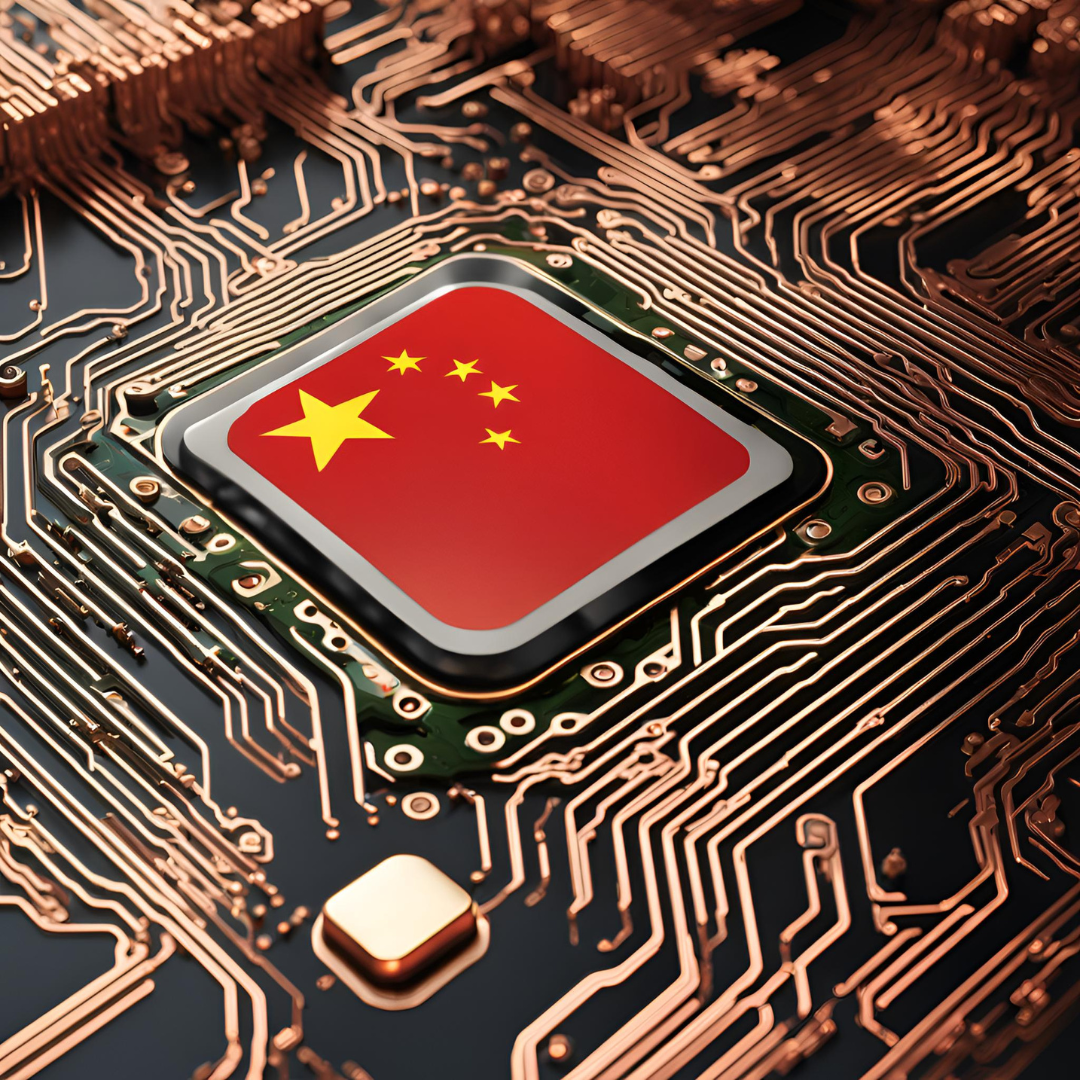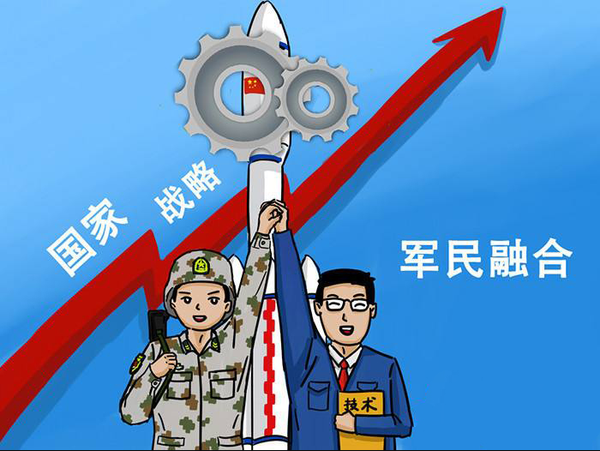Is Corruption Holding Back China’s Semiconductor Industry?

Overview
The Chinese Integrated Circuit Development Fund, commonly referred to as the “Big Fund”, is a state-backed investment fund established in 2014 to support the development of China’s integrated circuit (IC) industry. The fund has received significant funding from the Chinese government and state-owned entities, with the latest round of funding totalling $47.5 billion USD. This new injection of funding provides a long-term commitment to supporting the development of China’s IC industry.
The latest round of funding marks a significant milestone for the Big Fund, coming after a period of investigation into alleged corruption involving senior figures associated with the fund. Several senior officials were removed from their positions as a result of the investigation, and the new funding is seen as a “reset” for the fund.
Structure
The Big Fund has received a total of approximately $90 billion USD in funding, with the latest round of $47.5 billion USD being the largest single investment to date. The fund is backed by 19 investors, all of which are government departments or state-owned entities. The top investors include:
- Ministry of Finance: 17.44%
- China Development Bank: 10.46%
- Shanghai Guosheng Group: 8.72%
The Big Fund has a two-tiered management structure. A board assigned to the fund sets the strategy and approves projects, while Sino IC Capital Co, a state-owned company, carries out the investments and manages the money.
Goals and Objectives
The Big Fund’s primary objectives remain unchanged, with a focus on:
- Supporting the development of China’s IC industry, including design, manufacturing, packaging, and testing
- Promoting the growth of domestic IC companies and encouraging foreign investment in the sector
- Enhancing China’s self-sufficiency in IC production and reducing its reliance on foreign imports
- Fostering innovation and R&D in the IC industry, with a focus on advanced technologies such as artificial intelligence, 5G, and the Internet of Things (IoT)
The latest round of funding is intended to address several bottlenecks in the semiconductor industry, including:
- Supporting the development of advanced manufacturing technologies
- Encouraging the growth of domestic IC design companies
- Improving the supply chain and logistics for the IC industry
Impact and Progress
However, the fund has also faced challenges and controversies, including concerns over the fund’s management and the removal of senior officials due to corruption allegations. Despite these challenges, the Big Fund remains a key player in China’s efforts to develop its IC industry and reduce its reliance on foreign technology. Despite the government’s intention to allocate more funds to small companies and emerging technologies, the majority of the investment has gone to established industry companies and state-owned enterprises, which may stifle innovation.
The economic slowdown has constrained financial resources for investment, making it even more crucial to allocate funds efficiently. However, Chinese investors managing the funds are likely to be less willing to take risks due to low economic growth, and state-backed investors prioritize preventing losses, which can limit the fund’s potential. This is further encouraged as excessive losses could lead to allegations of corruption. Such a strategy could make it difficult for the fund to achieve its aims as it is common for emerging technologies to require lengthy periods of research. Companies conducting this research are often unprofitable for many years during the development phase.
Incentivising Corruption and Overcapacity
As part of the strategy to encourage innovation in the semiconductor industry, the Chinese government has introduced a number of incentives such as rewards for hitting certain milestones. In other industries where similar tactics have been used, it has historically encouraged companies to cut corners. Furthermore, the mass injection of funds has led to overcapacity in other sectors, creating long-term challenges. There is a real risk that the semiconductor industry could end up with the same fate. The lack of transparency in the Big Fund creates an environment conducive to corruption, and investigations into corruption have already led to the removal of senior officials.
The Big Fund has been accused of making questionable investment decisions, with some companies receiving billions in investments only to fail or not deliver. This has raised suspicions about the proper use of funds, and allegations of corruption in the semiconductor industry as a whole have tarnished the fund’s reputation. In 2022, 3470 companies in the Chinese semiconductor industry closed, despite massive investment from the government. This was due to a combination of factors, including extreme competition and widespread corruption.
Economists argue that the Chinese chip industry is already heavily subsidized, and further investment would only lead to more money being available to those who are pocketing investments. The government’s efforts to boost demand for domestic production by pressuring companies to buy Chinese chips, despite their inferior quality, has encouraged corners to be cut and backhand deals.
Conclusion
The Big Fund’s effectiveness is questionable, and its massive investment in the semiconductor industry has been plagued by corruption, inefficiencies, and poor decision-making. While the government’s intention to support the industry is clear, the execution has been marred by a lack of transparency, risk aversion, and a focus on preserving state-owned enterprises and unprofitable industries. To improve the fund’s effectiveness, the government must address these challenges and prioritize transparency, innovation, and efficient allocation of resources. If the challenges are not addressed then it is only a matter of time until the next corruption scandal.
Sources
CNBC – 27/09/2024 – China’s Ambitions for Semiconductor Self-Sufficiency Thwarted by Lack of Chipmaking Tools
Gov.cn – 29/05/2024 – Six Banks to Invest in Big Way to IC Fund
RHG – 09/09/2024 – The Mountain is High. The Lead Investor is Far Away
CNN – 27/05/2024 – China is Pumping Another $47.5 Billion Into its Chip Industry
Reuters – 27/05/2024 – China Sets Up Third Fund With $47.5 Bln to Boost Semiconductor Sector
Financial Times – 27/05/2024 – China Raises $47bn For Chip Industry in Drive for Self-Sufficiency
Technode – 12/08/2022 – Why is China Investigating the State Backed Semiconductor Big Fund
The Diplomat – 12/06/2024 – China’s Big Fund 3.0: Xi’s Boldest Gamble Yet for Chip Supremacy
SCMP – China’s State-Run Semiconductor Fund Engulfed Scandal
The Register – Wave of Corruption Claims Crash into China’s Chip Big Fund
World Politics Review – The US And China May Both End Up Losing the Semiconductor War
BBC – Zhao Weiguo Chinese Regulator Accuses Chip Tycoon of Corruption
CSIS – China’s New Strategy Waging Microchip Tech War
TechnologyReview – Corruption in China’s Chip Making Industry


